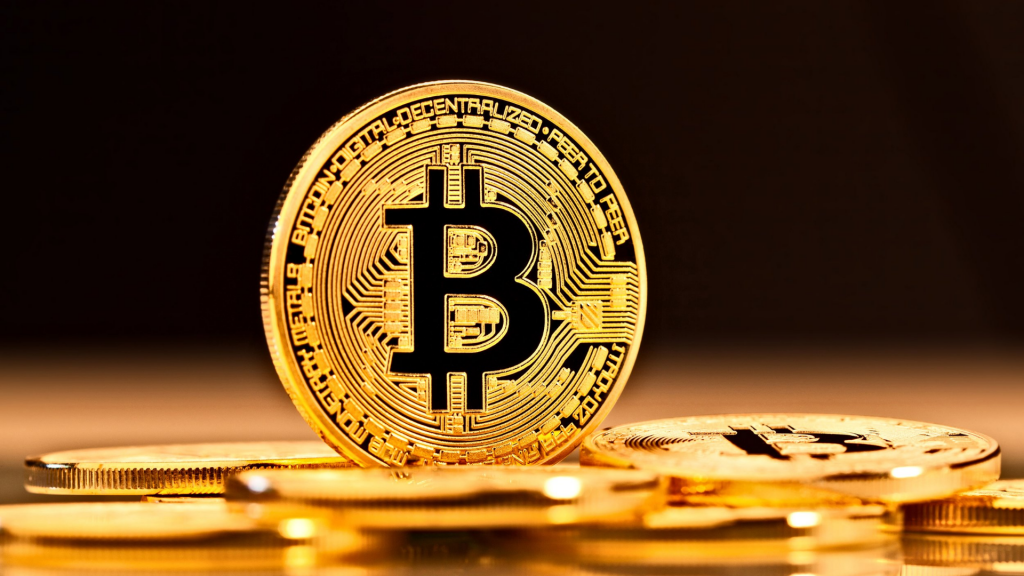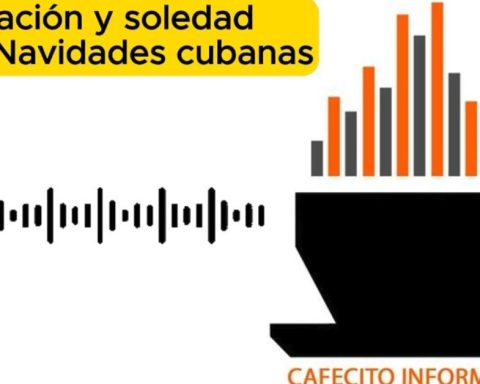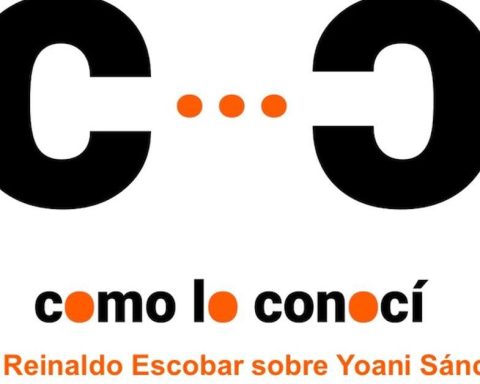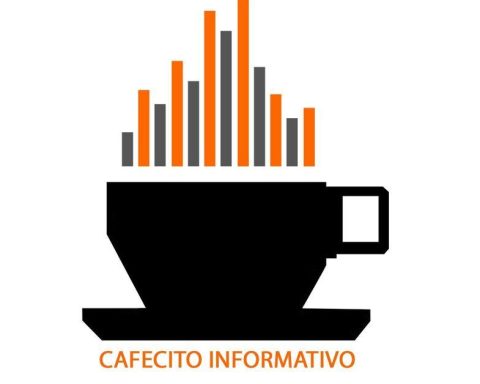Topics such as what bitcoin mining is, or blockchain technology, are among the most important to understand how digital currencies work.
the world of cryptocurrencies, with the bitcoin as the best known and used, it has its own terminology. Knowledge of this terminology is of great help in understanding how they work and what their benefits and potentialities are.
That world is very changeable and investments can generate good profits; but it also has a high risk due to strong price fluctuations. The latter has been verified with the fall in the price of the bitcoin during the last few weeks.
Below we detail a glossary with the most important concepts:
blockchain: Also known as blockchain. Very briefly, it is the technology that allows transactions between 2 or more people without intermediaries. It is a kind of accounting book that keeps all the operations carried out by the members of the network of cryptocurrencies.
In addition, this technology avoids a virtual currency can be spent twice and ensures that payments and collections are secure. The blocks record the valid transactions made with them.
Bitcoin: When written with a capital B, it refers to the entire blockchain system that supports it. While lowercase b refers to the unit of the cryptocurrency, and can be used in singular and plural (bitcoin and bitcoins). It is abbreviated as BTC, and sometimes as XBT, although the latter has progressively fallen out of use. It was founded in 2008 by Satoshi Nakamoto and is the cryptocurrency best known.
Cryptocurrency: currency based exclusively on cryptography. Unlike currencies issued by governments and central banks, they are created by solving mathematical problems based on cryptography (cipher language).
Its operations are carried out through blockchain; and their values are subject to price variations, depending on supply and demand in the markets.
Wallet or Wallet: Portfolios, purses or Wallets are the tool with which users store and manage their cryptocurrencies. Therefore, one thing is cryptocurrencies and other different wallets or purses. It’s like real money, the currency is what you pay with and the wallet is where you keep the coins.
Exchange: Also known as Casa de Cambio. It is the physical or digital place where currency exchange operations are carried out between a buyer and a seller. For each of these operations a commission is charged. The price of the currency or cryptocurrency it is frozen during the time of the transaction.
Fiat money: It is fiduciary money, that is, the one that has the legal backing of a State such as the euro, dollars, yuans, among others.
Tokens: It is a term to refer to any digital asset, such as a cryptocurrency, which depends on the technology of blockchain. The vast majority of tokens currently depend on the Ethereum network.
Satoshi: A satoshi is the minimum unit of measure that can be used in the system Bitcoin. It is the smallest fraction into which you can divide a bitcoin. Just as a dollar is divisible by 100 cents, a bitcoin it is divisible into 100,000,000 “cents” called satoshis. Allowing to reflect balances of up to eight decimal places. Therefore, the minimum fraction of a bitcoin would be 0.00000001.
Mining: the mining of bitcoin refers to the process by which a new bitcoin. With conventional currency, the government decides when and where to print and distribute it. With bitcoin, the “miners” use special software to solve complex mathematical problems and receive a certain amount of bitcoin In return.
This activity is not for everyone, because very sophisticated knowledge is needed, a powerful computer system, high electricity consumption, among other factors.
Whale: It is a term that refers to individuals who have a large amount of assets of a digital currency and is used because, like a whale in the ocean, they can cause sudden movements in the market with their purchases or sales.
Cypherpunk: Digital activist or activists (also known as crypto-anarchists) who work to protect the privacy and security of users, using their best cryptographic weapons.
To the moon: ‘to the moon’, refers to the growth in the price of a cryptocurrency. Its use became widespread in 2017 with the general increase in the value of digital currencies.
Cryptography: The cryptocurrencies They use encryption systems that make them virtually unforgeable. When you send a bitcoin from one wallet to another, just like an encrypted email, two cases are verified:
- It is ensured that the bitcoin sent is legitimate since it belonged to the person who transmits it.
- Bitcoin can only be used by the person who owns the private key of the address it was sent to. (JS)
IT MAY INTEREST YOU:
Municipalities and prefectures abuse special contributions
In Quito there was a drop of 6 thousand weekly infections
President of the National Court: “Organized crime wants to control the country”

















